Cultural Significance Of The Kiwi Bird
The History And Cultural Significance Of The Kiwi Bird
The kiwi, the iconic national symbol of New Zealand, is a unique flightless bird with tremendous cultural importance to the country. Examining the origins, biology, legend, and modern significance of the kiwi provides insight into this cherished bird.
The kiwi bird has several unique biological traits not found in other bird species. It is the only extant species in its genus Apteryx.
Kiwis lack typical avian characteristics like flight, wing function, and a keeled breastbone. Their long, slender bills are perfectly adapted for probing underground to catch invertebrate prey by feel and smell, unlike visual hunting in most birds.
Another anomaly is their massive egg in proportion to body size, which allows the chick to hatch highly developed. Kiwis are also unusual because they are loyal to a mating partner and defend a joint territory year-round.
Cultural Significance Of The Kiwi Bird Overview
The kiwi bird belongs to the genus Apteryx, comprising five species all native to New Zealand. Some key facts about kiwis:
- Nocturnal, ground-dwelling birds related to ostriches and emus
- Flightless, with small vestigial wings and no keel on the breastbone
- Long, slender beaks adapted for probing soil and catching prey
- Excellent sense of smell, used to find food like worms or insects
- Unique regenerating egg with the largest yolk proportion of any bird
- Highly territorial, mating pairs defend home ranges
- The smallest species is the little spotted kiwi, with a max weight of 3 lbs
- The largest is the great spotted kiwi, with a max weight of 8 lbs
Together, these traits make the kiwi a one-of-a-kind avian species found only in New Zealand.
Types of Kiwi Birds
There are five recognized species of kiwi birds, each with distinct characteristics and conservation statuses:
- The North Island brown kiwi is the most common and widespread species, named for its reddish-brown streaked plumage. It has several regional subspecies adapted to local habitats. Though still facing threats, stable populations remain.
- The Great spotted kiwi is the largest species and third most common. Named for the white speckles on its mottled gray coat, it was once widespread on the mainland but is now restricted to a few offshore islands. It is vulnerable to extinction.
- The Little spotted kiwi is the smallest species and is critically endangered. Endemic to one area of the South Island, its dappled white and gray feathers provide camouflage in the beach forest it inhabits. Only about 1,000 individuals remain.
- The Rowi is a rare, banded, grayish-brown kiwi limited only to the Okarito region of the South Island. With around 400 birds left, it is classified as endangered. Its camouflaged plumage helps hide it in the dense rainforest understory.
- The Tokoeka was originally widespread in the South Island but is now found only in the southern Fiordlands. Its variable gray-brown speckled plumage blends into the forest floor. It is classified as endangered, with around 400 individuals across fragmented habitats.
Protecting each specialized kiwi species in its native habitat is crucial to preserving these variations evolved across the islands.
Cultural Significance of the Kiwi Bird
The Kiwi’s cultural importance stems from its uniqueness in New Zealand and its prominence in Maori legends. As the only flightless bird occupying the ecological niche of a nocturnal insectivore in New Zealand’s forest ecosystem, the kiwi represents the endemic nature of the island nation. Its mention in Maori tales solidified it as a treasured icon.
When European settlement began, the kiwi was embraced as a distinctive symbol of the native people and land. Mass commercial harvesting for plumage later gave way to active conservation efforts reflecting national pride.
The Kiwi is intricately linked to New Zealand’s history and culture:
National Icon
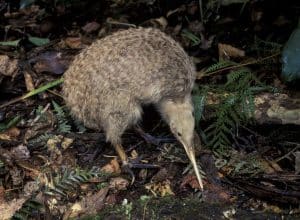
As the national symbol, the kiwi represents the spirit, history, and identity of the New Zealand people and land. It is featured on currency, stamps, uniforms, and more.
Native Tradition
In Maori culture, the kiwi is considered a taonga (treasure). Kiwi feathers and bones were used for cloaks, jewelry, and tools.
Commercial Use
Kiwi plumage was used in the commercial production of ladies’ hats and garments in the early 20th century. This spurred a decline.
Conservation Priority
Major habitat restoration and captive breeding efforts reflect the high-value New Zealanders place on preserving kiwis.
Tourism draw
Kiwi birds are a popular attraction. Seeing a kiwi in the wild draws birdwatchers from around the world. The cultural heritage of New Zealand is embodied in this iconic, cherished bird.
Legend of How the Kiwi Lost Its Wings
According to Maori legend, the kiwi was originally a large bird with gigantic wings that flew through the forest. One day, the Kiwi came across a little boy who was lost in the woods, crying for his father. The kind kiwi offered to carry the boy on his back and fly him out of the forest to safety. Soon, the enormous kiwi was soaring high above the trees, with the boy holding on.
Just as they neared the forest’s edge, the boy reached up and snatched the kiwi’s wings to see what would happen. Without wings to stay aloft, the kiwi tumbled down through the canopy and crashed to the forest floor.
The disabled kiwi never flew again, and his grounded offspring eventually evolved into today’s small, wingless kiwi. But the spirit of the helpful, trusting kiwi endured, making it a cherished symbol of New Zealand culture.
Threats Faced by Kiwi Birds
Several significant threats endanger wild kiwi populations:
Habitat Loss
Destruction of New Zealand’s native forest habitats through logging, agriculture, and development destroys kiwi nesting and feeding grounds.
Predators
Introduced mammals like stoats, rats, ferrets, dogs, and cats prey heavily on kiwi eggs and chicks. Adults also face predation.
Human Encroachment
Expanding human presence disturbs remote breeding habitats and brings kiwi-hunting dogs and cats into their territory.
Disease
As small populations become inbred and isolated, they are prone to disease epidemics and parasites.
Vehicle Collisions
Kiwis foraging along roadsides at night are vulnerable to being hit by vehicles.
Climate Change
Rising temperatures and altered seasons can impact kiwi egg incubation periods and food availability.
Protecting existing habitat, controlling predators, and reducing human disturbance are vital to the kiwi’s survival.
Conservation Strategies and Initiatives
Various efforts are underway to protect and restore wild kiwi populations:
- Predator control programs remove invasive mammals from kiwi habitats to reduce egg predation.
- Kiwi sanctuaries establish protected natural areas excluding predators and humans.
- Captive breeding facilities raise chicks until they can safely be released into the wild.
- Translocations establish new populations in predator-free islands and reserves.
- Habitat restoration replants native vegetation to expand available territory.
- Road underpasses and warning signs reduce vehicle collisions in high-risk areas.
- Community engagement enlists public support through education programs and volunteer opportunities.
A comprehensive strategy incorporating these initiatives offers the best hope for the kiwi’s survival.
Cultural Significance Of The Kiwi Bird Conclusion
The Kiwi’s cultural and ecological legacy is interwoven into the fabric of New Zealand. From its role in Maori traditions to its modern status as a national icon, the Kiwi holds a special place in the heritage of these islands.
Yet, with humans came threats that nearly extinguished this avian oddity. Now, thanks to recognition of the treasures these birds represent, ambitious conservation efforts offer promise.
The kiwi’s future remains challenging, but through a collective commitment to habitat restoration, wise resource management, and environmental stewardship, we can ensure that the unique song of the kiwi continues to echo through Aotearoa’s ancient forests.


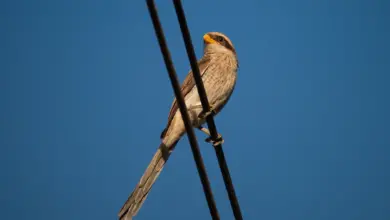
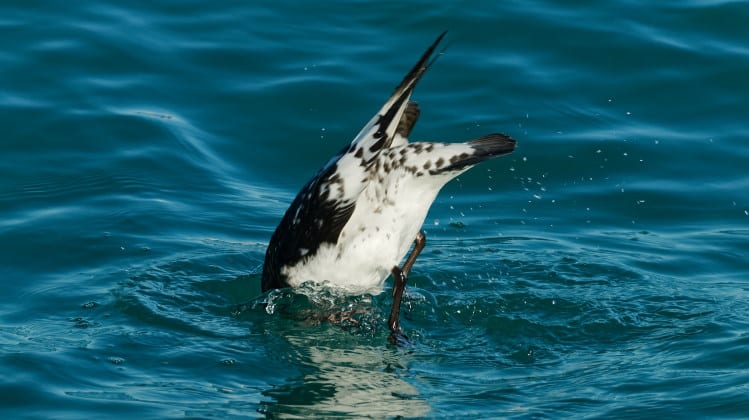
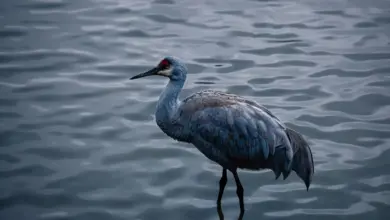
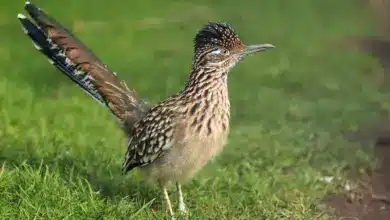
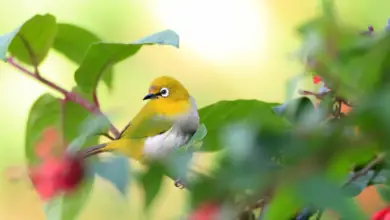
Kiwis a re not threated by Climate Change but removing introduced Predators should be a #1 Priority